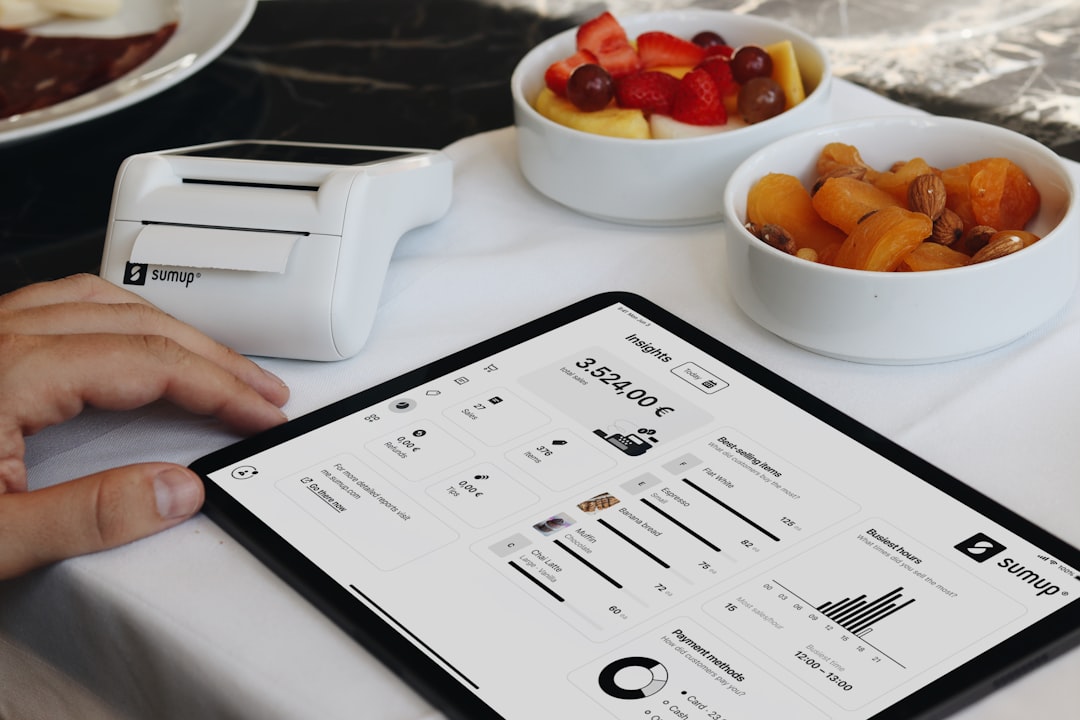Running a restaurant is like conducting a symphony with constantly changing sheet music. One moment everything's in harmony, the next you're facing a cascade of unexpected challenges. If you're a restaurant owner or manager, you know this reality all too well - the constant balancing act between delighting customers and keeping your business profitable.
The restaurant industry combines high pressure, thin profit margins, and constant customer expectations. It's a business where success requires managing countless moving parts while maintaining a smile.
According to recent industry data, 86% of operators faced increased food costs in 2024, with over a third seeing price hikes between 6-14%. Meanwhile, 88% reported rising staff costs, forcing 59% to operate below full capacity. For many restaurants, this means trying to deliver exceptional service with fewer resources than ever before.
These aren't just statistics—they're the daily reality for restaurant professionals trying to keep their businesses profitable while delivering exceptional experiences. As one restaurant owner put it, "It's like trying to build a plane while you're flying it."

The restaurant industry's notorious turnover rate (often exceeding 75% annually) creates a perpetual cycle of recruiting, training, and integrating new team members. This revolving door doesn't just drain resources—it affects service quality and team morale.
As highlighted in our exploration of restaurant owner struggles to pay staff, issues like long shifts, physical exhaustion, and inadequate HR policies contribute to burnout and high turnover. When 32% of restaurant leaders prioritize recruitment and retention, it's clear this challenge isn't going away.
Think about it: every time a server or cook leaves, you're not just losing their skills and knowledge—you're losing the relationships they've built with customers and the seamless workflow your team had developed.
Solution: Invest in comprehensive training programs and consider cross-functional roles that provide flexibility during peak hours. Creating clear advancement paths and recognition systems can significantly improve retention rates. Something as simple as a "server of the month" program with meaningful rewards can boost morale and create healthy competition.
Balancing inventory levels against unpredictable demand is a daily tightrope walk. Overstocking leads to waste and lost profits, while understocking creates disappointed customers and missed sales opportunities.
With food costs rising for 86% of operators, effective inventory management has never been more critical to maintaining profitability. A restaurant throwing away just 5% of its purchased food is essentially tossing profit directly into the garbage.
Solution: Implement a just-in-time ordering system and develop strong supplier partnerships. For perishables, a first-in-first-out (FIFO) approach ensures optimal stock rotation and minimizes waste. Digital inventory systems can track usage patterns and automatically suggest order quantities based on historical data and upcoming reservations.
Predicting customer traffic and preferences requires both art and science. Seasonal variations, weather changes, local events, and even social media trends can dramatically impact daily operations.
Imagine preparing for a typical Tuesday night service only to discover a major concert has let out nearby, doubling your expected traffic. Or conversely, staffing up for a busy weekend that turns quiet due to unexpected weather.
Solution: Leverage data analytics to identify patterns in your sales history. Many modern POS systems can help track these trends and provide actionable insights for staffing and inventory decisions. Additionally, create contingency plans for unexpected surges or lulls in business—like having on-call staff or creative specials to move inventory that might otherwise go to waste.
The dilemma of whether to maintain a consistent menu or regularly introduce new items presents real challenges. As our research on restaurant menu changes shows, both approaches have merit depending on your restaurant's specific circumstances.
With food costs fluctuating, pricing strategies must balance profitability with customer expectations—a particularly difficult task in today's inflationary environment. Too expensive, and you'll lose customers; too cheap, and you'll erode your margins.
Solution: Conduct regular menu engineering analysis to identify your high-profit, high-popularity items. Consider a core menu of reliable favorites supplemented by seasonal specials that allow for creativity while managing costs. This "best of both worlds" approach satisfies regular customers while giving newcomers and adventurous diners something fresh to try.
The restaurant industry has undergone significant technological transformation, especially since the pandemic. As noted in our analysis of how the food industry changed, approximately 69% of consumers now order food online using mobile devices.
Restaurants that fail to adapt to these technological shifts risk falling behind competitors who offer seamless digital experiences. Yet with so many platforms and solutions available, many restaurant owners find themselves drowning in tech that doesn't properly integrate.
Solution: Implement an integrated restaurant management system that connects your POS, inventory, staff scheduling, and customer relationship management. This consolidation eliminates silos and provides comprehensive visibility across operations. Rather than juggling five different systems, look for comprehensive solutions that can grow with your business and integrate with essential third-party services.
With profit margins often hovering between just 3-6%, customer loyalty is essential for sustainability. Yet the restaurant landscape is increasingly competitive, with new concepts and delivery options constantly emerging.
Every regular customer represents thousands in annual revenue, making retention strategies as important as acquiring new diners. When a competitor opens nearby or a regular customer has a single bad experience, years of loyalty can vanish overnight.
Solution: Develop a robust customer relationship management strategy that includes personalized communication, loyalty programs, and consistent quality control. Gathering and responding to customer feedback creates a continuous improvement loop that builds loyalty. Consider implementing a simple system to track preferences of regular customers—remembering someone's favorite table or cocktail creates a powerful connection that generic establishments can't match.
Managing variable scheduling, tip reporting, and compliance with labor laws creates significant administrative burdens. Errors in these areas can lead to costly penalties and staff dissatisfaction.
The complexity only increases with each location you add, as different municipalities may have different regulations regarding minimum wage, sick leave, and scheduling requirements.
Solution: Automate payroll processes through specialized restaurant management software that handles tip distribution, tax withholding, and compliance documentation. These systems can automatically apply the correct rules based on location, ensuring you stay compliant even as regulations change. Having streamlined systems in place also allows managers to focus on guest experience rather than paperwork.
While each challenge requires specific tactics, the most successful restaurants are adopting comprehensive management systems that address multiple pain points simultaneously.
All-in-one platforms like Spindl OS provide real-time inventory visibility, automated stock alerts, efficient demand forecasting, and streamlined employee management—all from a single interface. This integration eliminates the need to juggle multiple systems and reduces the potential for errors.

By consolidating delivery app management, point-of-sale operations, and customer loyalty programs into one system, restaurants can significantly improve operational efficiency while reducing staff stress. Imagine having all your delivery orders automatically flow into the same system as your in-house orders, with inventory adjusting in real-time and labor costs calculated automatically.
The restaurant industry continues to evolve rapidly, with new challenges emerging alongside technological innovations. Success requires both adaptability and a commitment to operational excellence.
By identifying your specific operational pain points and implementing targeted solutions—whether through technology, staff development, or process refinement—you can transform these challenges into opportunities for growth and improved profitability.
Remember that running a restaurant will always involve some degree of unpredictability. The goal isn't to eliminate all challenges but to develop systems and teams resilient enough to navigate them successfully. As one successful restaurant owner put it: "We can't control everything that happens, but we can control how we respond."
What operational challenges is your restaurant currently facing? The right combination of technology, training, and operational strategy can help you overcome them and create a more sustainable, profitable business.
